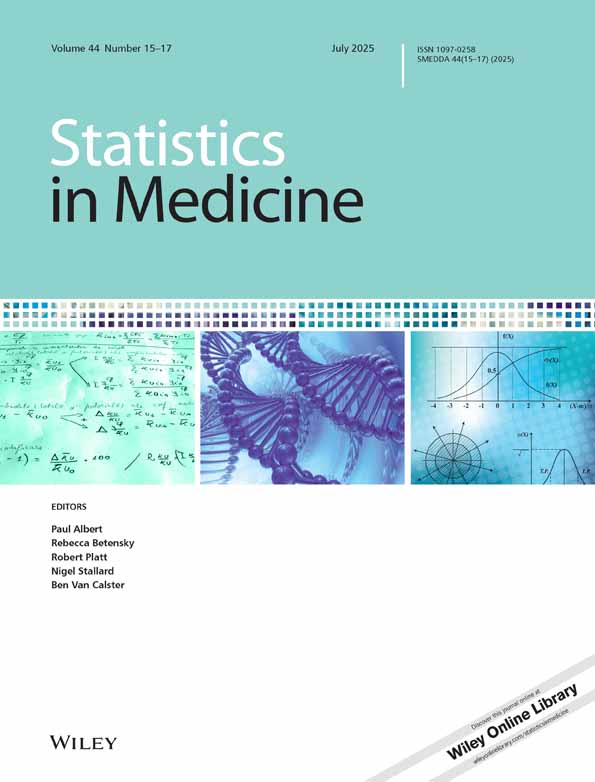Analysis of longitudinal laboratory data in the presence of common selection mechanisms: A view toward greater emphasis on pre-marketing pharmaceutical safety
Abstract
Pharmaceutical safety has received substantial attention in the recent past; however, longitudinal clinical laboratory data routinely collected during clinical trials to derive safety profiles are often used ineffectively. For example, these data are frequently summarized by comparing proportions (between treatment arms) of participants who cross pre-specified threshold values at some time during follow-up. This research is intended, in part, to encourage more effective utilization of these data by avoiding unnecessary dichotomization of continuous data, acknowledging and making use of the longitudinal follow-up, and combining data from multiple clinical trials. However, appropriate analyses require careful consideration of a number of challenges (e.g. selection, comparability of study populations, etc.). We discuss estimation strategies based on estimating equations and maximum likelihood for analyses in the presence of three response history-dependent selection mechanisms: dropout, follow-up frequency, and treatment discontinuation. In addition, because clinical trials' participants usually represent non-random samples from target populations, we describe two sensitivity analysis approaches. All discussions are motivated by an analysis that aims to characterize the dynamic relationship between concentrations of a liver enzyme (alanine aminotransferase) and three distinct doses (no drug, low dose, and high dose) of an nk-1 antagonist across four Phase II clinical trials. Copyright © 2007 John Wiley & Sons, Ltd.




